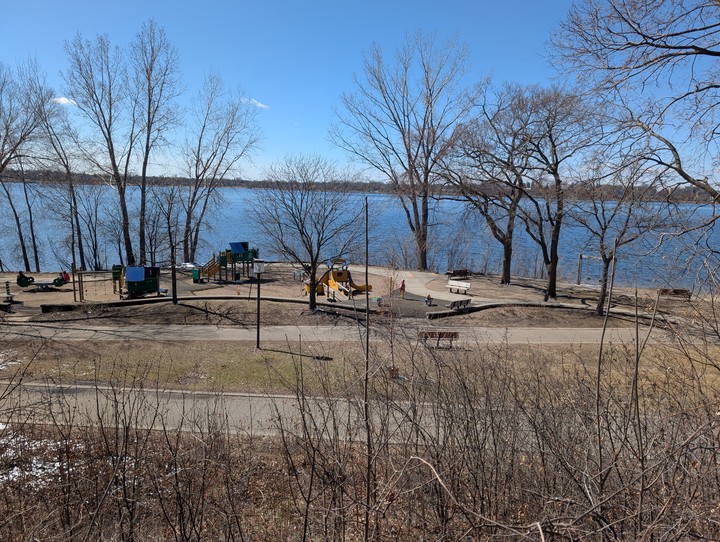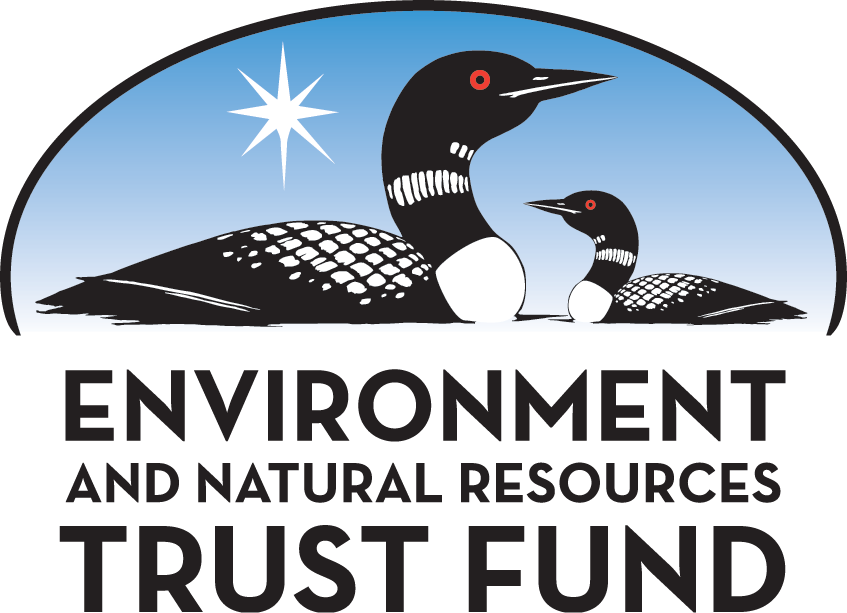Visitor Perceptions of Lake Water Quality

Thanks for your interest and contribution to this community science initiative!
Information sheet for research: We ask that you read this form and ask any questions you may have before agreeing to be in the study.
Hoja informativa para la investigación: Le pedimos que lea este formulario y formule las preguntas que podría tener antes de aceptar participar en el estudio.
Daim ntawv teev cov lus qhia txog kev tshawb fawb: Peb thov kom koj nyeem daim foos no thiab nug cov lus nug twg uas tej zaum koj muaj ua ntej yuav pom zoo mus koom nrog hauv txoj kev kawm tshawb.
Xaashida macluumaadka ee cilmi-baarista:Waxaan ku waydiisanaynaa inaad akhrido foomkan oo aad waydiiso su’aalo kasta oo aad qabtid ka hor intaadan oggolaan inaad daraasadda ku jirto.
Questions? ¿Preguntas? Lus nug? Su’aalo? Please email Erin Niehoff (University of Minnesota) at ern@umn.edu.
Project information:
Minnesota’s lakes face threats from land use changes, warming temperatures, nutrient runoff, and invasive species with implications for recreation, property values, and wildlife. Lake management actions—such as alum treatment, invasive species control, and habitat restoration—are expensive and often implemented without insight into public perception of water quality improvements.
There are 17 lakes across the greater Twin Cities metro area included in this project. The survey data will be integrated with water quality trend analyses to determine if measurable improvements align with visitor perceptions and if different lake types are perceived uniquely to help guide future conservation efforts. We will use this information to inform lake managers about treatment options that impact perceptions of water quality, to help guide their decisions.
Funding for this project was provided by the Minnesota Environment and Natural Resources Trust Fund as recommended by the Legislative-Citizen Commission on Minnesota Resources (LCCMR).
